
Deep in Pakistan’s Karakoram range, a fast-dwindling group of women tend to enormous herds of sheep, goats and yaks. Photographer Camille Delbos paid them a visit—a feat that involved a three-day drive and a 10-day hike.

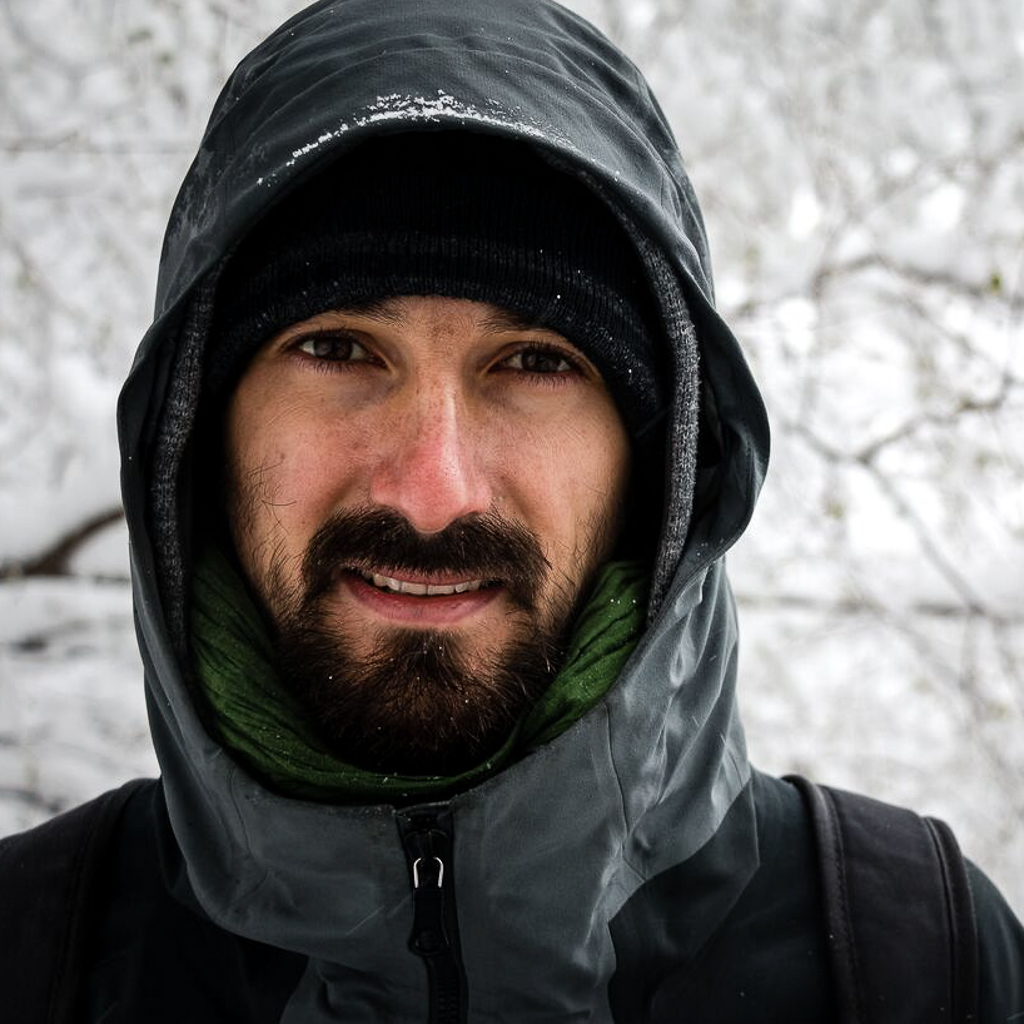
Deep in Pakistan’s Karakoram range, a fast-dwindling group of women tend to enormous herds of sheep, goats and yaks. Photographer Camille Delbos paid them a visit—a feat that involved a three-day drive and a 10-day hike.
Shimshal is an isolated village in a remote valley in northern Pakistan, and it’s not easily accessible. To reach Shimshal from Islamabad, it took me three days on the Karakoram Highway, more than seven identity checkpoints, many shared minibuses, and a puncture.
That’s a lot of effort to reach a place in which I don’t really know what to expect. But as the minibus hums along, and despite having to risk tumbling into the ravine to witness it, the stunning scenery from the gorges and the track—which is almost narrower than the wheels of the bus in places—gives me confidence in what lies ahead.
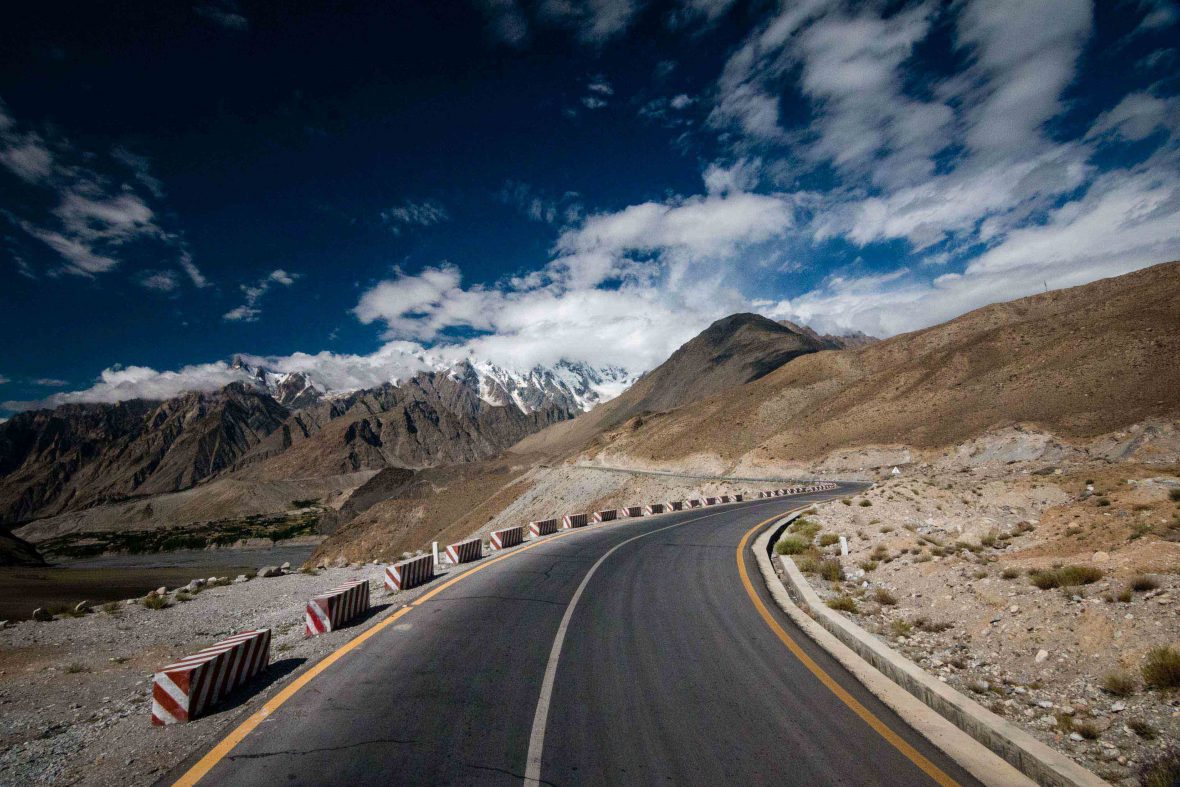
Eventually, the landscape opens up, and our narrow track is replaced by wheat fields bathing in the golden light, signaling civilization in the form of Shimshal. Until the relatively new connection to the Karakoram Highway, the people of Shimshal were pretty much self-sufficient. Crops and the products of the high-altitude pastures formed the major source of food supplies both for consumption and income.
RELATED: Hiking in remote, spectacular Afghanistan
Some locals help me find accommodation for the night and hire a saddar (an experienced porter), who I’ll need to help me to carry my food and to accompany me during as I head off on a 10-day trek into the Karakoram range.
As a photographer, the scenery was one of the main drawcards for this trip. But it was a particular local tradition that really pulled me in. In the springtime, a handful of Wakhi women lead several thousand yaks, sheep and goats through these mountains to a tiny hamlet over 4,500 meters high. For five months of the year, they live with very basic necessities, isolated by an average three-day walk to the nearest village. I am going to meet them.
The days go by monotonously, punctuated by the leading of the animals, milking, and the making of traditional cheese and yak butter … These women are both protected and imprisoned by these mountains.
As we hike on our first day, we come across a shepherd and his donkeys, heading back from supplying food to a nearby village. This will be the only meeting we’ll have on the way.
Eventually, we arrive in a place that feels like the end of the world. Thousands of sheep, goats and yaks emerge from nowhere in particular and enter their pens. I feel the harshness of the place. In spite of the inclement weather conditions—subject to the whims of the sun, wind and snow—these shepherdesses take care of over one thousand animals, day in, day out.
I watch a young girl supervise the herding. The huge pen, designed to protect the herd from snow leopard attacks, is overflowing. Whatever the weather conditions, the animals are milked before darkness falls and the freezing temperatures arrive.

The days go by monotonously, punctuated by the leading of the animals, milking, and the making of traditional cheese and yak butter. That’s the daily routine out here, and it plays out ad infinitum. Although the animals are all gathered in the same enclosure, every woman is in charge of her own herd, which they locate by looking for the colored string in their animals’ ears.
The milk cannot be kept for very long and the village is too far away for it to be transported. It must therefore be turned into cheese and yak butter right here. Inayat, a 20-year-old shepherdess, is about to boil her milk for the next 12 hours. She uses sun-dried yak cowpats to fuel her fire—there is no wood at this altitude.
Women of all ages, some with their young children, work relentlessly in this inhospitable environment. The huts are made of stone and mud. There is no light and no heating—except a makeshift stove used to reheat meals—to bake chapati (flat bread) and to boil the milk.
RELATED: Inside the lives of Mongolia’s last nomads
I do however notice a few more ‘modern’ items—a shepherdess with a plastic bucket and overused sports shoes, probably donated by one of several climbing expeditions that regularly venture into the Karakoram. Since the recent connection to the main road, the modern world—though still a long way away—is closer than it’s ever been.
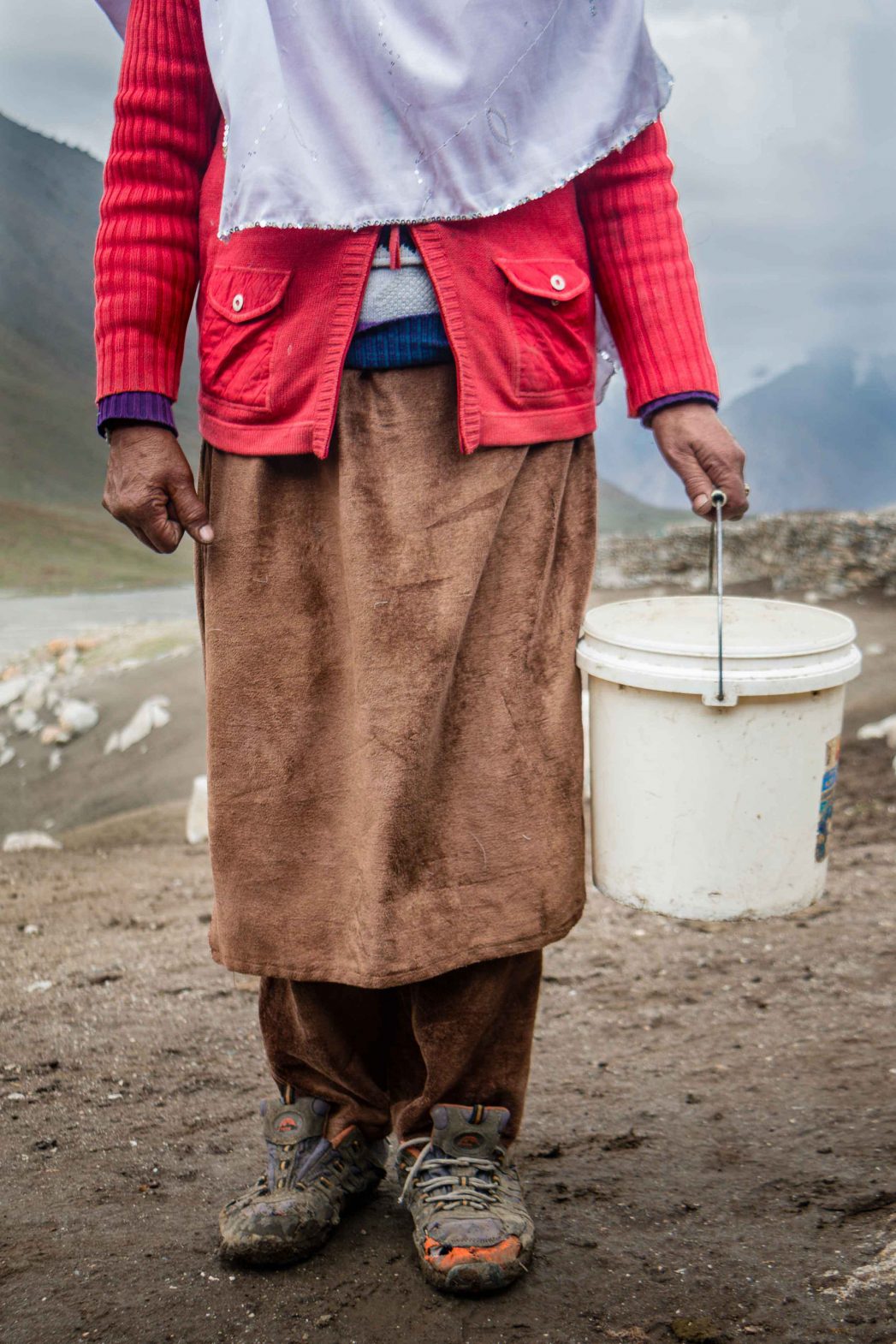
These women are both protected and imprisoned by these mountains. I meet Inayat again on the flat roof of her hut. She’s making a thick paste from boiled milk, which she spreads on a piece of fabric facing the sun, and collects it in chunks once dry.
The shepherdesses of Pamir are conscious of living the last years of a beautifully harsh tradition; of being the last custodians of an ancestral knowledge.
Besides the yak butter, this sun-dried cheese, qurut, is the most economical way to make money from the abundant milk. It’s an additional source of income, along with the sale of livestock.
I notice that not all of the huts are occupied. Out of 40 shepherd’s huts, only 17 are inhabited. This gradual desertion is a result of the development and the education, the aging of the shepherdesses, and very few replacements to fill their shoes. “If I get married, I’m not sure if I’ll return to the valley,” says Inayat. “Many men live outside of the valley now.”
One the oldest shepherdesses, Nar Begum, 65, sighs and turns away as I talk with her. “Some of my friends aren’t healthy enough to come and work,” she says. “Others are just gone forever. As for me? Only God knows.”
With Shimshal connected to the Karakoram Highway since the early 2000s, the desire has led many young Wakhis—girls and boys—to leave for cities, initially to study, and then for employment. The younger generation seems to prefer the comfort of classrooms and a future of office life, and they yearn to be able to use better education and more income to help create positive change in their communities.
RELATED: Why we should travel to ‘dangerous’ places
Faced with these changes, the end of this singular feminine pastoralism seems inevitable. The shepherdesses of Pamir are conscious of living the last years of a beautifully harsh tradition; of being the last custodians of an ancestral knowledge.
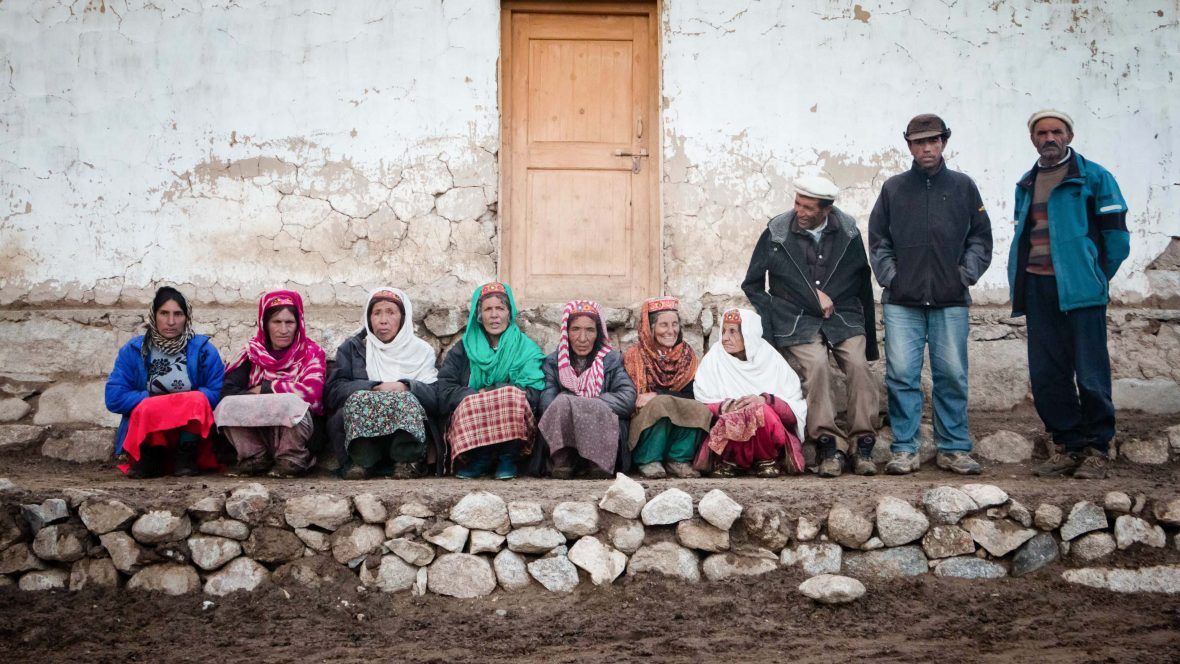
As my food dwindles, it becomes time for me to return to the track and leave this community, suspended in the mountains. Before I leave, the shepherdesses and a few men sit outside the Jamaat Khana, the place of gathering and prayer.
I take their photo. I feel as though I may be one of the last to do so.


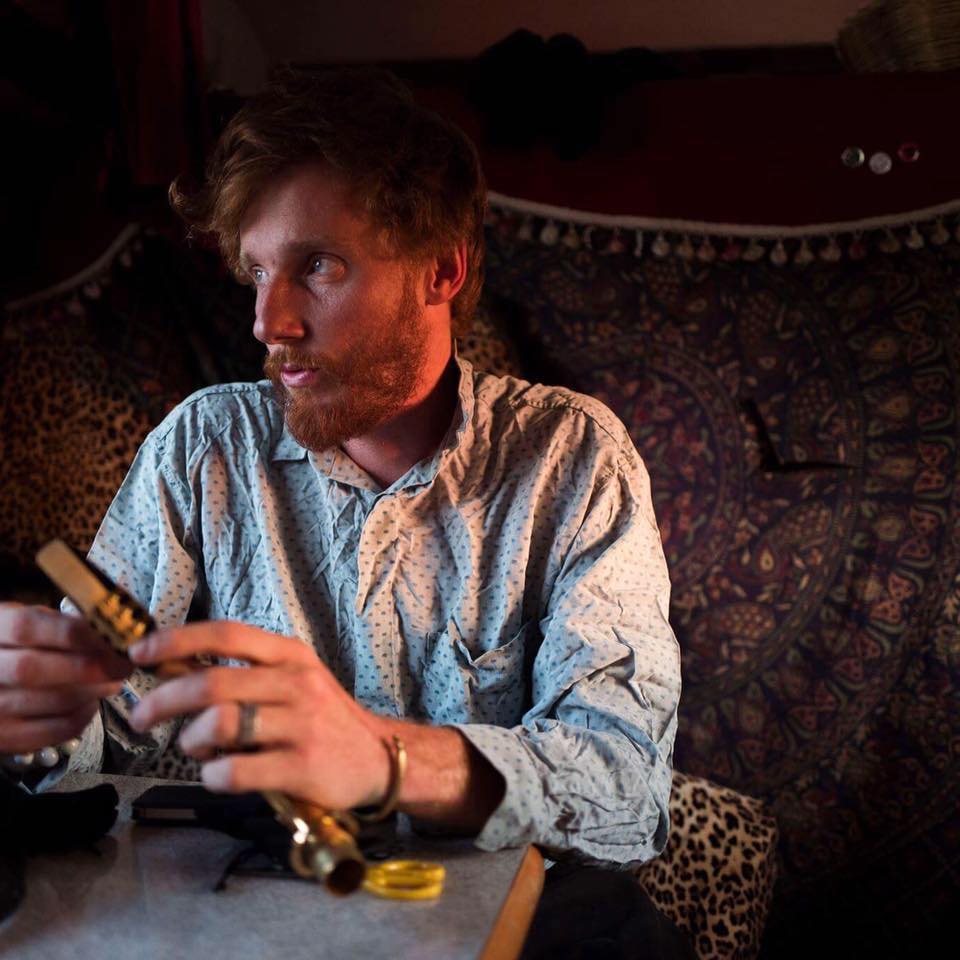

Can't find what you're looking for? Try using these tags: